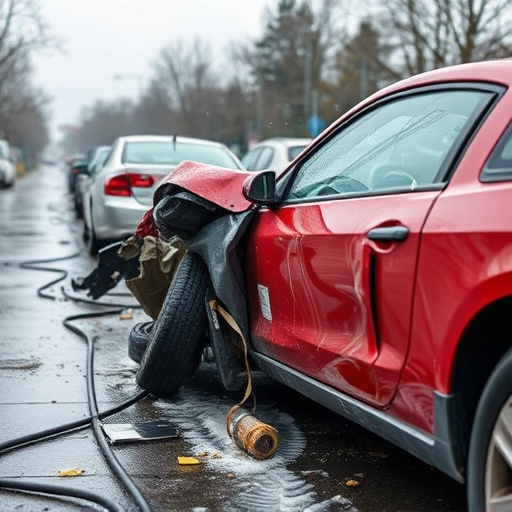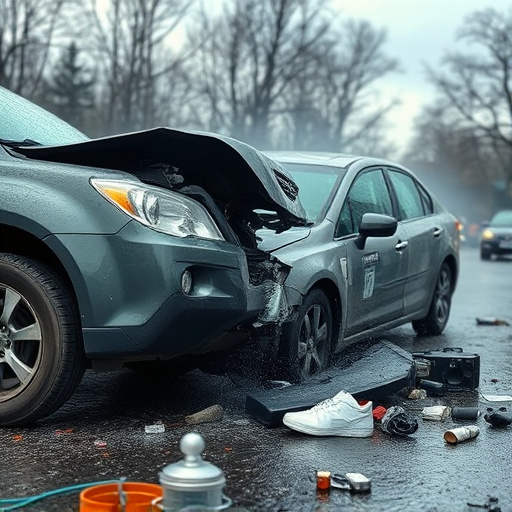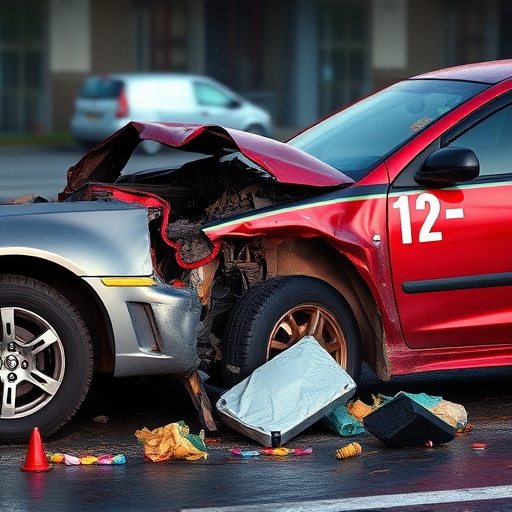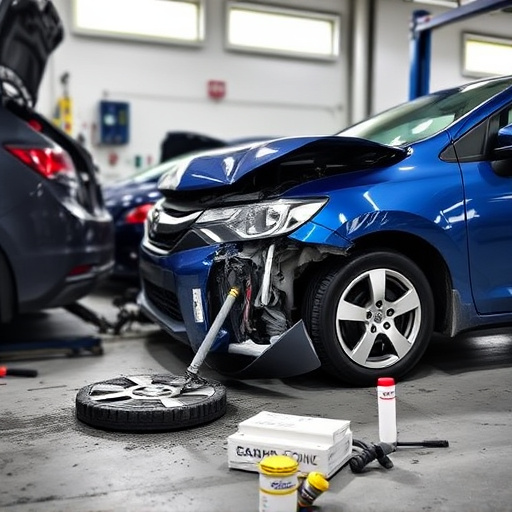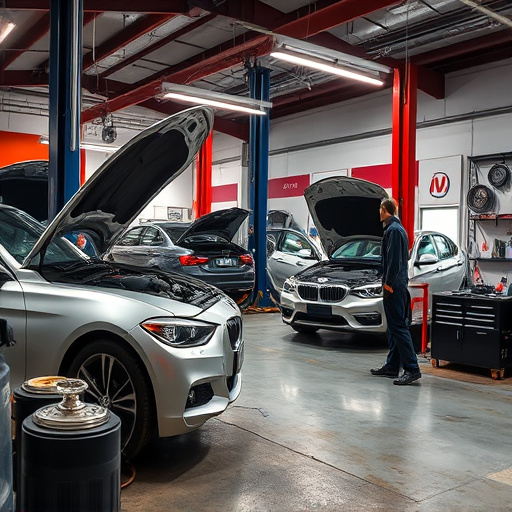Structural damage repair and cosmetic damage repair serve distinct purposes: the former ensures vehicle safety and stability by addressing internal and external issues impacting integrity, while the latter enhances visual appeal and value by restoring exterior appearances without fixing severe structural problems. Cosmetic repairs, like paint services for scratches and dents, are typically faster and less expensive compared to structural repairs that involve complex disassembly, assessment, and reconstruction of critical components such as frames and panels to meet safety standards and ensure roadworthiness. Understanding this distinction is crucial when prioritizing car repairs, considering the advanced expertise, equipment, time, and cost associated with structural damage repair versus quicker, less costly cosmetic fixes.
In the realm of home improvement, distinguishing between cosmetic and structural damage repair is key. While cosmetic fixes enhance aesthetics, structural repairs address underlying issues crucial for a safe living environment. This article navigates the nuances between these two types of damage, focusing on cosmetic damage: what it entails and how it differs; exploring structural damage causes and repair processes; and conducting a comparative analysis on cost, time, and long-term effects, with a specific emphasis on effective structural damage repair strategies.
- Understanding Cosmetic Damage: What It Is and How It Differs
- Delving into Structural Damage: Causes and Repair Process
- Comparative Analysis: Cost, Time, and Long-term Effects
Understanding Cosmetic Damage: What It Is and How It Differs
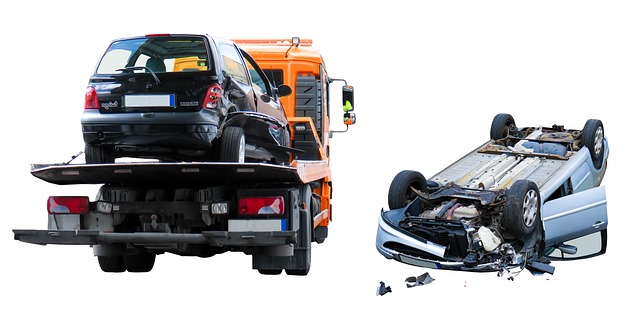
Cosmetic damage refers to non-structural issues that affect the appearance of a property or vehicle but do not compromise its integrity. Unlike structural damage repair, which focuses on fixing elements like broken frames, shattered windows, or collapsed roofs, cosmetic repairs aim to restore the aesthetic appeal of an asset. This could include tasks such as car paint services to fix scratches and dents, or general upkeep to maintain a building’s exterior finish.
While both cosmetic and structural damage repair are essential aspects of maintenance, they serve distinct purposes. Structural damage repair is crucial for ensuring safety and stability, while cosmetic repairs enhance the visual appeal and overall value. In an auto repair shop, for instance, while a car restoration process might be required to fix severe structural issues, car paint services and other cosmetic enhancements can make a vehicle look like new without addressing underlying structural problems.
Delving into Structural Damage: Causes and Repair Process
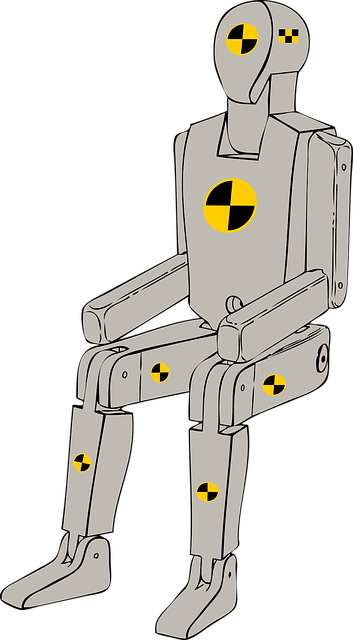
Structural damage to a vehicle goes beyond cosmetic issues. It refers to internal and external alterations that affect its integrity and safety features. Caused by various factors like accidents, natural disasters, or gradual wear and tear, structural damage can compromise the car’s frame, panels, and other critical components.
The repair process for structural damage is intricate and requires skilled professionals. It often involves disassembling affected parts to assess the extent of the damage, followed by replacement or meticulous reconstruction using specialized tools and techniques. Unlike cosmetic repairs that focus on enhancing aesthetics through auto body painting and tire services, structural repairs aim to restore the vehicle’s safety and stability, ensuring it meets industry standards and roadworthiness requirements.
Comparative Analysis: Cost, Time, and Long-term Effects
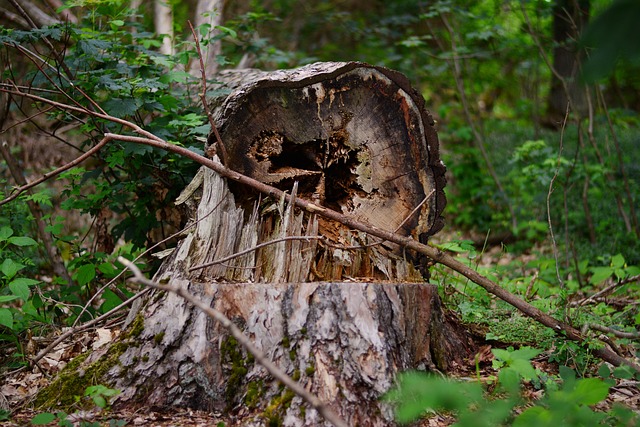
When it comes to repairing a damaged vehicle, whether it’s cosmetic or structural, understanding the differences in cost, time, and long-term effects is essential. A quick glance at any auto repair shop or collision repair shop will reveal that these two types of repairs vary significantly.
Cosmetic damage, such as car dent repair, typically involves fixing dents, scratches, or minor paint issues. These repairs are usually less costly and can be completed faster compared to structural damage repair. The latter encompasses more complex issues like damaged frames, crumpled body panels, or significant paint restoration needed after a collision. Structural repairs demand extensive expertise and specialized equipment, making them more time-consuming and expensive. Moreover, the long-term effects of each type of repair differ; while cosmetic fixes might not impact a vehicle’s structural integrity, structural damage repair is crucial for ensuring safety and longevity, especially in areas like suspension systems or frame alignment.
When it comes to repairing a property, distinguishing between cosmetic and structural damage is crucial. While cosmetic issues enhance aesthetics, structural repairs address fundamental problems that ensure the building’s safety and longevity. Understanding these differences is essential for effective decision-making during the restoration process. By comparing costs, timelines, and long-term implications, homeowners can prioritize repairs, ensuring both the beauty and stability of their homes. For comprehensive structural damage repair, it’s vital to consult professionals who can navigate this complex landscape, offering solutions tailored to specific needs.

